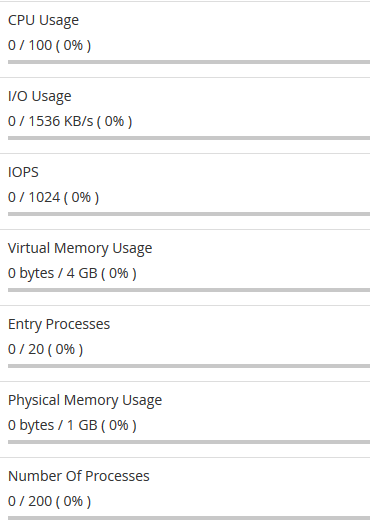

How Do I Find My DNS Records in cPanel?ĬPanel creates and manages records in response to changes you make in the interface, but you can also edit zone files in the Zone Editor, which you will find in the Domains section of the cPanel Home page. Zone files can contain dozens of record types and other directives, but you will usually only need to edit these four, which can be done in the cPanel interface. NS records indicate which DNS server is authoritative for a domain:, for example.They say where incoming mail should be sent. MX records are Mail Exchanger records.You might use a CNAME to point at instead of having two “A records” for the same IP. CNAME records, which map one domain name to another.In the example, we used an “A record,” which maps a domain to an IP address. They are stored in text documents called zone files, and they are the source of the information nameservers use to respond to lookup requests. What Are DNS Records?ĭNS records indicate how domains correspond to IPs or other domains. Recursive servers are an essential component of the domain name system, but we’re primarily interested in the authoritative variety because web hosts often manage the authoritative nameserver for their client’s domains. A browser asks a recursive server, often hosted by an ISP, to find the right IP address, and it asks the rest of the domain name system. How does a browser know which one to ask? That’s the role of recursive nameservers. There are hundreds of thousands of authoritative nameservers on the internet. The one that knows the mapping between a site’s domain name and IP address is its authoritative DNS server it’s the definitive source of truth about that domain. The domain name system is a hierarchical arrangement of servers that fall into two broad categories: recursive and authoritative. When you type a web address or click on a link, your browser knows the site’s name, but it has to execute a nameserver lookup to find out the matching IP address.Įach nameserver is a tiny part of a vast network. The internet’s routers and switches don’t understand domain names they work with IPs. To put it another way, a contacts app maps names to phone numbers.Ī DNS server does the same for the internet, except it maps domain names to IP addresses. When you want to call someone, you search for a name, and the app gives you their number. Nameservers are the internet’s contacts app. They look like this: 198.51.100.85Ī website has a name, which is for humans, and an IP address, which is for the machines that route data around the internet. IP stands for Internet Protocol, and there are two common types of IP addresses: IPv4 and IPv6, but we’ll stick with IPv4 for simplicity.

#Cpanel namecheap series#
We all know what they look like, a series of letters and numbers separated by periods ending with what’s called a top-level domain. Businesses use domain names to promote their sites. Domain names are the web address you type into your browser.
#Cpanel namecheap how to#
In this article, we’re going to explore some essential DNS concepts and then show you how to configure a custom server with cPanel.īefore we wade into the deep end, let’s make sure we’re on the same page with a couple of terms:

You’ll be happy to hear that cPanel & WHM makes it super easy to manage domains and even a private nameserver. Server administrators know how frustrating it is to change DNS configurations and patiently wait for them to propagate, only to find out something went wrong and the site is still unreachable. The domain name system (DNS) is fiendishly complicated, and managing the nameservers that power it can be perplexing.


 0 kommentar(er)
0 kommentar(er)
